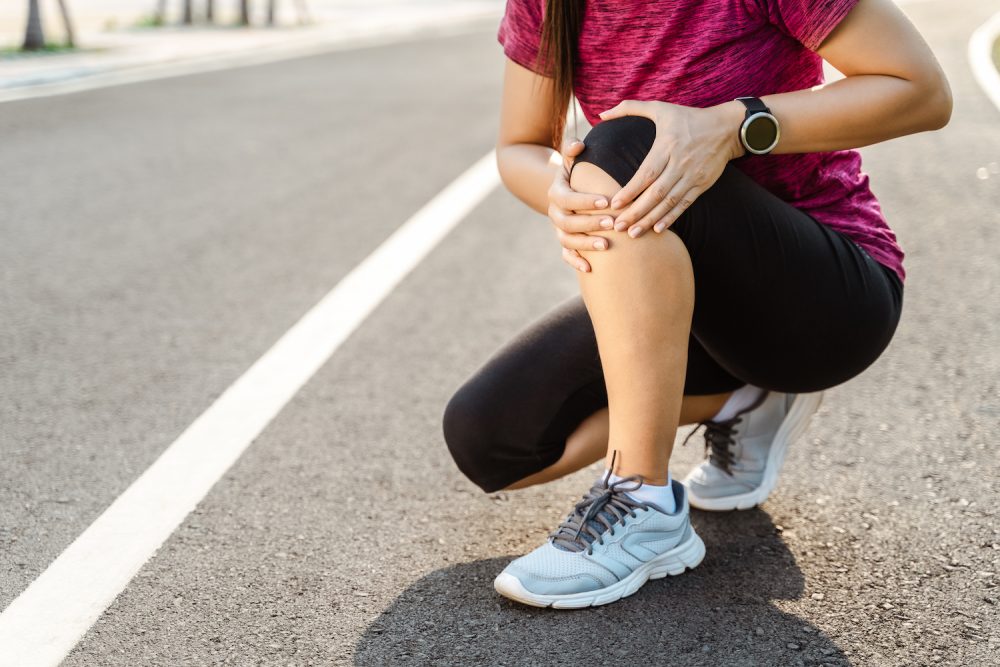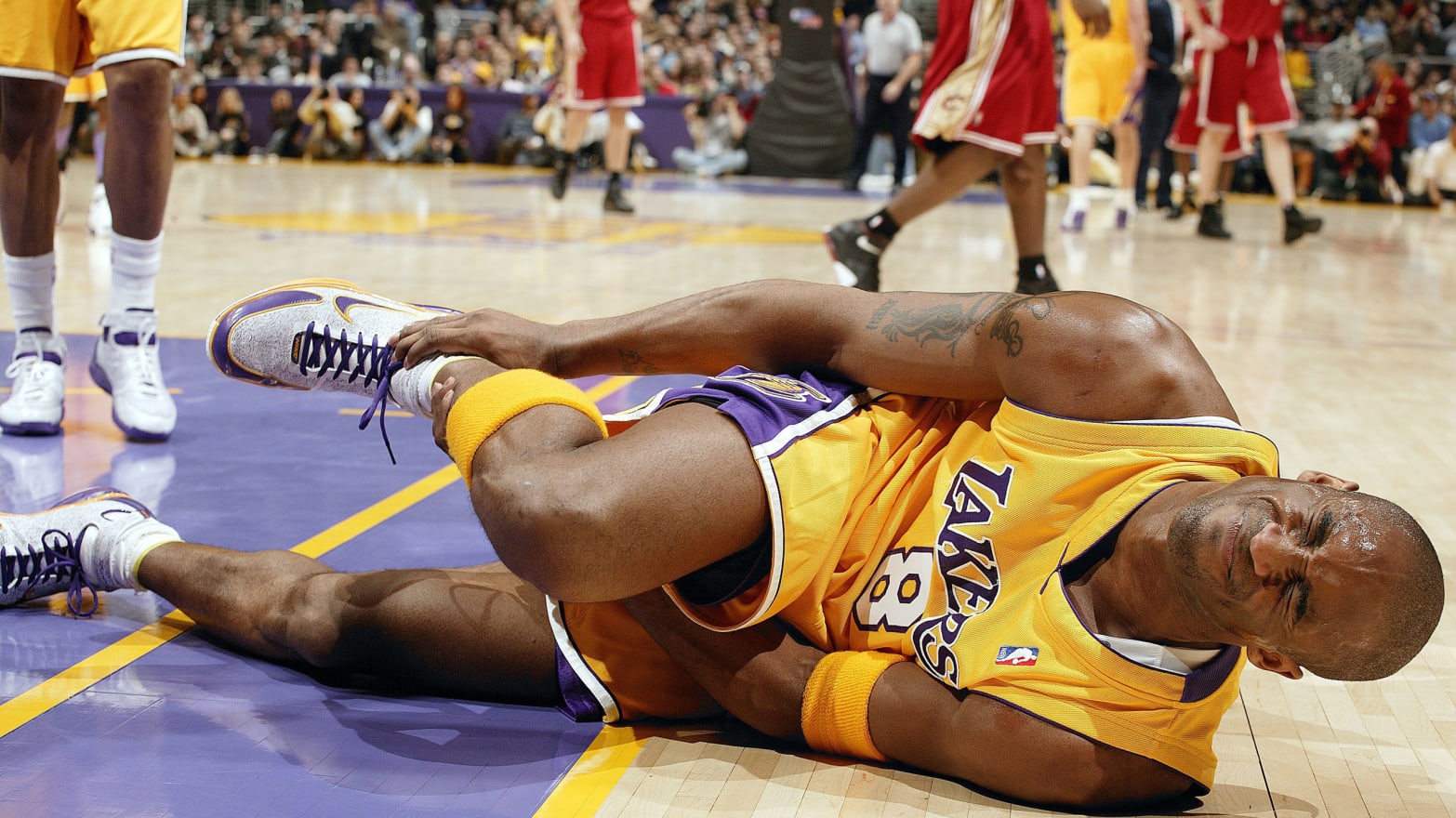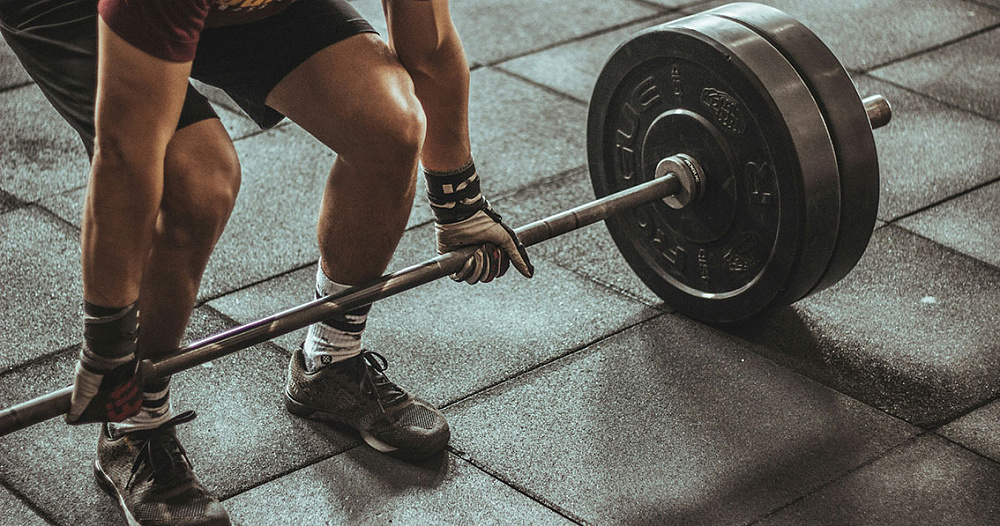For athletes of all ages in Lahore, participating in sports offers a multitude of benefits. From building teamwork and discipline to improving physical fitness and mental well-being, sports play a vital role in a healthy lifestyle. However, the thrill of competition and the push to excel can sometimes lead to unforeseen consequences – sports injuries.
These injuries can range from minor muscle strains to debilitating ligament tears, forcing athletes to take a break from their beloved activities. Dr. Waqas Javed, a leading orthopedic surgeon in Lahore, emphasizes the importance of injury prevention for athletes of all levels. By incorporating simple yet effective strategies into your training routine, you can significantly reduce your risk of injuries and stay active for years to come.
Understanding the Landscape: Common Sports Injuries
Before diving into preventive measures, let’s explore some frequently encountered sports injuries:
- Overuse Injuries: These occur due to repetitive stress on muscles, tendons, and joints. Examples include runner’s knee (patellar tendinitis), swimmer’s shoulder (rotator cuff tendinitis), and shin splints.
- Acute Injuries: These are sudden injuries caused by a specific event, such as a fall, forceful impact, or awkward landing. Sprains (ligament tears), strains (muscle tears), and fractures fall under this category.
- Non-traumatic Injuries: These can be caused by improper technique, poor flexibility, or underlying medical conditions. Bursitis (inflammation of the fluid-filled sacs around joints) and stress fractures are examples.

Building a Strong Foundation: Preventing Sports Injuries
The good news is that many sports injuries are preventable. Here are Dr. Waqas Javed’s key recommendations for athletes in Lahore:
Warm-up and Cool-down Religiously:
- Warm-up: Before any physical activity, dedicate 5-10 minutes to a dynamic warm-up that gradually increases your heart rate and blood flow. This can include light jogging, jumping jacks, lunges, arm circles, and leg swings.
- Cool-down: After your workout or game, spend another 5-10 minutes on static stretches to improve flexibility and reduce muscle soreness. Hold each stretch for 15-30 seconds and repeat 2-3 times.
Strength Training is Your Ally: Building strong muscles around your joints provides better stability and support, reducing the risk of injuries. Work with a qualified trainer to develop a strength training program tailored to your specific sport and fitness level. Focus on exercises that target major muscle groups in your legs, core, and upper body.
Listen to Your Body: Don’t push yourself through pain. Pain is often a signal from your body that something is wrong. Take rest days when needed, and gradually increase the intensity and duration of your workouts to avoid overtraining.
Proper Technique is Paramount: Many injuries occur due to improper technique during training or competition. Invest in proper coaching or attend clinics to learn the correct form for exercises and movements specific to your sport. A trained coach can identify and correct any flaws in your technique that might put you at greater risk of injury.
The Right Gear Matters: Wearing appropriate footwear and protective gear significantly reduces your risk of injuries. Invest in good quality shoes with proper arch support specific to your sport. Use protective gear like helmets, pads, and mouth guards as recommended for your sport.
Maintain Flexibility: Regularly incorporate static stretches into your routine to improve flexibility and range of motion. This allows for better performance and reduces the risk of muscle strains and tears.
Fuel Your Body Right: A balanced diet rich in essential nutrients provides your body with the building blocks it needs to perform at its best and recover from workouts. Include plenty of fruits, vegetables, whole grains, and lean protein in your diet. Stay hydrated by drinking plenty of water throughout the day, especially before, during, and after exercise.
Listen to Your Limits: Don’t try to do too much too soon, especially if you’re new to a sport. Gradually increase the intensity and duration of your workouts to allow your body to adapt and build strength. Don’t be afraid to ask for help from a coach or trainer if you have any questions or concerns.

Beyond Prevention: Recognizing and Managing Injuries
Despite taking precautions, injuries can still occur. Here’s what to do if you experience a sports injury:
- Stop Immediately: The moment you feel pain, stop the activity immediately. Continuing to play on an injured body can worsen the injury and increase healing time.
- RICE Protocol: Apply the RICE protocol (Rest, Ice, Compression, Elevation) to reduce swelling and inflammation. Rest the injured area for at least 24-48 hours, apply ice packs for 15-20 minutes at a time (wrapped in a towel to prevent skin irritation.
Building a Strong Foundation: Preventing Sports Injuries (continued)
Cross-Training for Versatility: While focusing on your primary sport is important, incorporating cross-training activities into your routine can help prevent overuse injuries and improve overall fitness. Cross-training involves activities that work different muscle groups than your main sport. For example, a runner might incorporate swimming or cycling for low-impact cardio, while a basketball player could benefit from yoga or Pilates for core strengthening and flexibility.
Recovery is Key: Don’t underestimate the importance of proper recovery. Allow your body adequate rest and recovery time between workouts and games. Schedule rest days and prioritize quality sleep (7-8 hours per night for adults) to allow your muscles to repair and rebuild. Consider incorporating activities like yoga or foam rolling to promote blood flow and muscle recovery.
Listen to Your Coach or Trainer: A qualified coach or trainer can be a valuable asset in your injury prevention journey. They can assess your strengths and weaknesses, develop a personalized training program, and provide guidance on proper technique. They can also monitor your progress and adjust your training plan as needed to minimize your risk of injuries.
Mental Toughness Matters: Mental strength plays a crucial role in injury prevention. Athletes who are mentally focused and disciplined are less likely to make mistakes that can lead to injuries. Practice mindfulness techniques like meditation or deep breathing to stay focused and in control during training and competition. Building mental resilience will also help you manage pain and persevere through challenging workouts.
Importance of Pre-participation Screening: For certain sports, particularly those with a high risk of injuries, a pre-participation screening can be beneficial. This screening, often conducted by a doctor or sports medicine specialist, can help identify any underlying medical conditions or risk factors that might predispose you to injuries. Early detection and management of such conditions can significantly reduce your injury risk.

Addressing Specific Sports: Tailored Injury Prevention
While the core principles of injury prevention remain constant, specific sports may have additional considerations:
Running: Invest in proper running shoes with good arch support and cushioning. Focus on proper running form to avoid common overuse injuries like runner’s knee and shin splints.
Football (Soccer): Ankle sprains are a frequent concern in football. Strengthening exercises for the ankle and core muscles can significantly reduce this risk. Practice proper tackling techniques to avoid knee injuries.
Cricket: Fast bowling puts a lot of stress on the lower back and shoulders. Strengthening exercises for these muscle groups are crucial. Practice proper bowling technique to avoid overuse injuries. Batting also requires good core strength and flexibility to prevent injuries.
Swimming: Shoulder injuries are common among swimmers. Rotator cuff strengthening exercises and proper swim technique can help prevent these.
The Road to Recovery: Managing Sports Injuries
Despite taking preventive measures, injuries can still occur. Here’s what Dr. Waqas Javed recommends for athletes in Lahore facing a sports injury:
Seek Professional Help: Don’t hesitate to consult a doctor or sports medicine specialist, especially for severe pain, swelling, or difficulty moving the injured joint. Early diagnosis and proper treatment are crucial for optimal healing and preventing long-term complications.
Rehabilitation is Crucial: Following a doctor’s prescribed rehabilitation program is essential for a full and complete recovery. Rehabilitation often involves physical therapy to regain strength, flexibility, and range of motion in the injured area.
Gradual Return to Play: Don’t rush back to your sport too quickly. Gradually increase your activity level under the guidance of your doctor or physical therapist to avoid re-injury.

Conclusion: A Lifelong Journey
Preventing sports injuries is not a one-time endeavor; it’s an ongoing commitment to your health and well-being. By incorporating these preventive strategies into your training routine, listening to your body, and seeking professional guidance when needed, you can significantly reduce your risk of injuries and continue to enjoy the many benefits that participation in sports offers. Remember, Dr. Waqas Javed, a leading orthopedic surgeon in Lahore, is dedicated to helping athletes of all ages stay active and healthy. If you experience a sports injury, don’t hesitate to consult him for expert diagnosis and treatment to get you back on the field stronger than ever.






